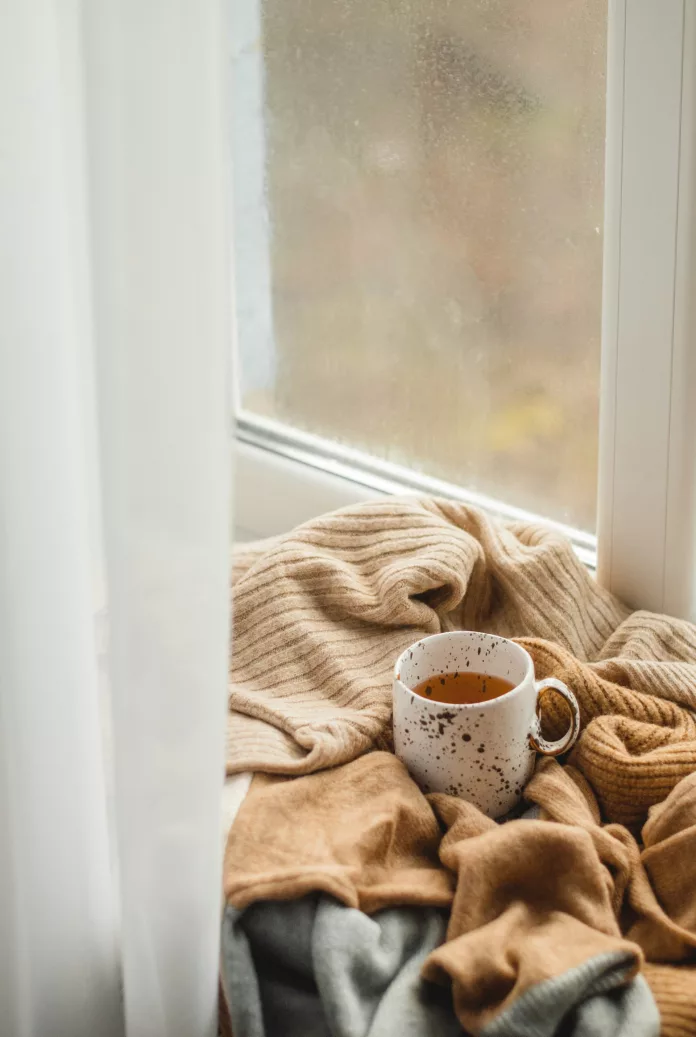The winter months are on our doorstep, and recent storms have already demonstrated the shape of things to come in terms of weather and temperature.
After a painful few years of high energy bills, the prospect of another cold season can be a scary one for homeowners – but with the right approach to winterproofing your home, even the most egregious of potential energy bills can be somewhat negated.
Insulation
Arguably the most impactful way you can affect the comfort of your home in the winter months is through addressing its insulation. Insulation is essential for retaining the heat your central heating system generates, and can reduce your reliance on costly energy in the process; it can also make rooms more habitable in the long term.
Cavity wall insulation is the most effective form of insulation, at least in the sense of the numbers. It dramatically reduces heat transfer through the external walls of your home, trapping heat for longer. In tandem with roof insulation that prevents heat loss by convection, this can ensure your home becomes a bubble of warmth even on especially cold days.
Heat Efficiency and Energy-Saving
Heat efficiency and energy-saving measures are the major routes through which winterproofing can be achieved. Insulation is, of course, a passive form of heat efficiency measure – but more active forms involve engaging with your home’s heating system itself.
Older homes are often still furnished with old-school ‘conventional’ boiler systems, that heat a hot-water tank; not only are these boiler systems inefficient due to their tank system, but they are also inefficient in transferring heat energy from the natural gas they burn. Newer combi boilers are much more energy-efficient, using less gas to generate more heat on average – and on-demand, as opposed to through a larger tank.
Window Treatments and Draughtproofing
Another passive route to improve your home’s winter resilience is to hunt down any draughts that may have made themselves apparent with the picking-up of the wind. Draughts can have some impact on the efficiency of your heating, but have much more of an impact on heating ‘feel’, and your own habits. Air movement can give the sensation of falling temperatures, and cause you to feel chillier despite a warm room; re-sealing window frames is a good start for hunting more egregious draughts down.
Speaking of windows, there are some ancillary measures you can institute to improve the comfort of your living spaces too. Even good insulators like double- or triple-glazed windows can transfer heat away from a room. Adding heavy curtains before your windows can create another air gap and prevent heat from escaping too quickly.
Cosy Final Touches
Finishing touches like rugs or tapestries are often rated for their aesthetic contributions to the cosiness of space, but can also have a real impact as far as heat and comfort are concerned. Tapestries on the walls can work like curtains do for windows, while rugs and carpets put another layer between you and colder hard flooring – ensuring less body heat is lost to the ground.




















